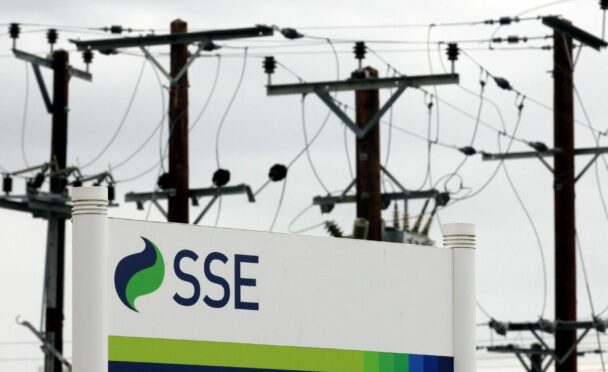An activist hedge fund has publicly called for Perth energy giant SSE to be broken up.
Elliott Management claims the move could add more than £5 billion to the firm’s value.
Elliott is unimpressed by a plan that SSE announced last month that would pour an extra £1 billion a year into wind farms and other investments.
After months of lobbying bosses behind closed doors, the US hedge fund on Monday launched a public broadside against the company.
“We believe the market ignores £5bn of value because of SSE’s inefficient structure,” it said.
Hedge fund gives reasons for a SSE split
Simply put, Elliott’s argument hinges on a key point, which it claims many of the FTSE 100 firm’s rivals have already accepted.
The business is currently made up of two main parts – a business that builds wind turbines and other renewable generation, and a business that manages the electricity networks in parts of the UK.
But analysts claim that the two businesses would attract very separate investors if they were split.
Investors looking for stability from dividends would happily put their money into the networks arm, while those who want the company to invest and grow rapidly would throw money at the renewables arm.
But having the two together might be putting off both types of investor.
“Both companies would be able to tell their own unique equity stories clearly and focus on execution and appropriate capital allocation,” Elliott said in a letter to SSE’s chair.
“As a result, investors would be able to value each entity at its fair value without applying a conglomerate discount.”
‘Separation risks valuable growth’
SSE chief executive Alistair Phillips-Davies said that he developed SSE’s strategy that was released last month after talking to shareholders and taking independent advice.
“Separation risks valuable growth options across the clean energy value chain, would jeopardise our ability to finance and deliver the major infrastructure the UK needs to create jobs and achieve net zero, and would lose shared skills that benefit the group,” he said.
“Separation does not support the financing of our core growth businesses and would rule out adjacent growth options, as well as reducing the resilience of the business model – it is not the right outcome to maximise value for shareholders or our other stakeholders.”
Sources familiar with the situation suggested that the most important thing that SSE could do to placate Elliott would be appointing board members with experience of the renewables sector.
In its letter Elliott said that the board of SSE is “inadequate”.
“Not one of SSE’s independent board members has any meaningful operating experience in growing a large renewables business,” it said.
“This lack of expertise puts the company at a strong disadvantage to its competitors.”


